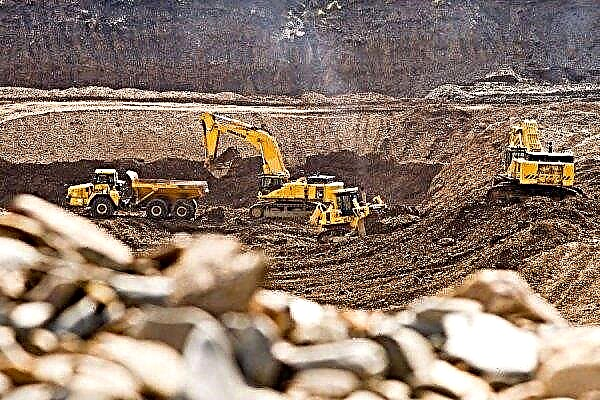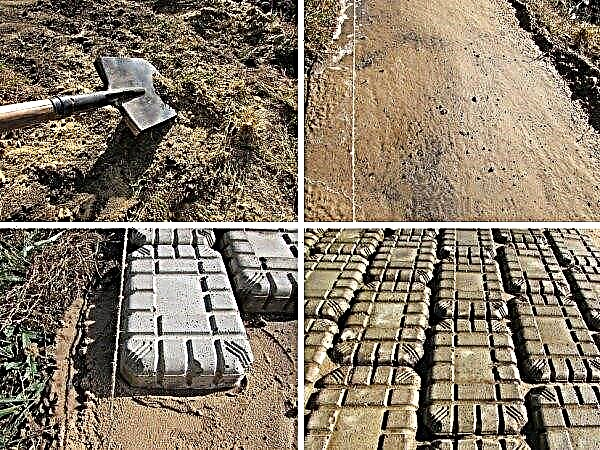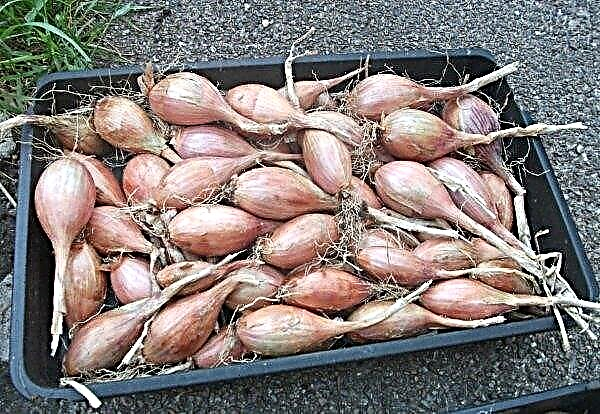Scientists from the Zhytomyr National Agroecological University have been researching and improving methods for cultivating Miscanthus for more than a decade. Plantations of this plant were founded in 2004. Scientists are sure that Miscanthus rehabilitates the earth by removing radionuclides from it.
With the help of Miscanthus, radiation leaves the soil, but does not accumulate in the plant itself. Together with colleagues from Poland, university researchers conducted an experiment: they planted miscanthus in 2 radioactive contamination zones.
The plant gained 50-60 Bq / kg of cesium 137, with a norm of cesium 137 of solid pollution at 600 Bq / g, said the candidate of agricultural sciences Vladimir Zinchenko.
On the territory of radioactively contaminated lands, miscanthus can be successfully cultivated, which will be processed into biofuel. This will create new jobs.
In addition, this culture is able to help Ukraine become an energy-independent state. Miscanthus is unpretentious and able to grow on all soils with low acidity. When compared with the forest, that the energy value of Miscanthus is about the same, the scientist is convinced.
At the same time, trees need to be grown for 80 years, and the yield of wood will be 400 t / ha. At the same time, over 80 years from 1 ha of miscanthus it will be possible to collect 2 thousand tons, that is, its productivity is 4-5 times more. When burned, Miscanthus emits 16.5-18 MJ / kg, and oak - 19 MJ, Vladimir Zinchenko sums up.












